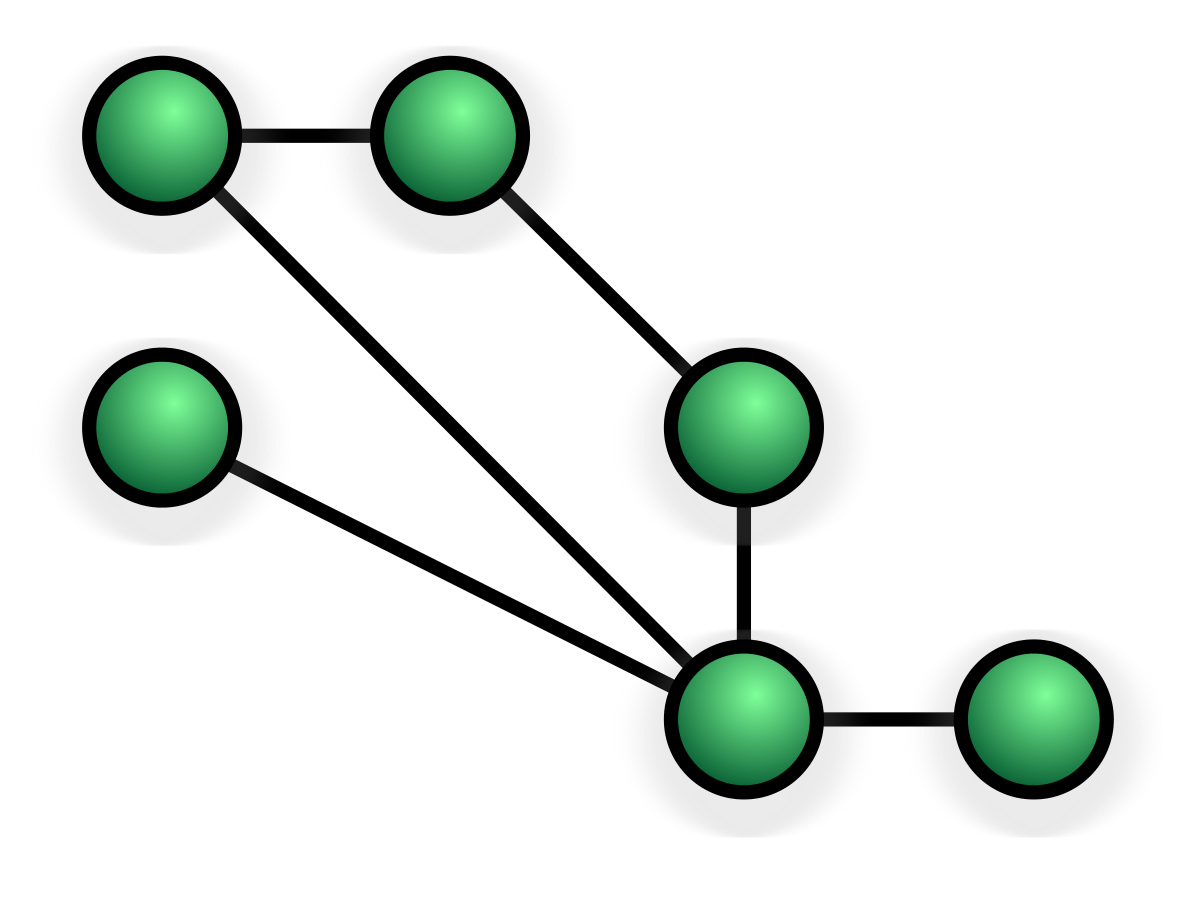I recently bought this - https://www.amazon.co.uk/gp/product/B01LXOZ4EN/
The description suggests that it contains a wifi range extender, plus a Powerline plug adapter. I have no complaints about the performance, but it seems to me that there are possibly several modes in whch this combination could work, or is actually working when installed, and different levels of performance could arise as a result. As the units are intended to be plug and play, it is not actually clear what the underlying methods and protocols are, though previous experience with some TP-Link kit suggests that it would be possible to spend hours reading the technical manuals to reconfigure them. Most users won't have the time or patience to do that.
I don't know enough about wifi range extenders to be sure of how they operate, but I think that some "simply" pick up a wifi signal and then echo the incoming packets out - perhaps on a different channel - but I've not checked. If stop and wait protocols are used that would theoretically halve the data rate, but in practice the improvement in performance due to better wireless performance might more than make up for that. In a kit such as this one, the range extension might actually be achieved by having the mains cable carrying the data, with the "range extender" simply acting as a wireless access point. This mode of operation in some situations would certainly lead to improved connectivity. It is possible that the components of the kit could do both at the same time.
I can say that installing the wifi extender led to an immediate improvement in signal coverage, though later this may have dropped later. I can also mention that checking that data was in fact being sent by the mains links was at first uncertain, and adding another Powerline unit to allow wired connectivity in another part of the house which did not at first work, suggested that the mains cable links might not always have been working, and attempts to add in other units may also disrupt the performance of the rest of the network.
I suppose it doesn't really matter how the data goes, as long as the performance and coverage is improved.
However this has been achieved, I am considering buying one of these - https://www.amazon.co.uk/Universal-E...nk+range&psc=1 for another application, as I was really quite impressed when I put in the extender unit (not the same as this extender) from the kit into my home network. In the house I'm sitting in now, testing data rates using various speedtests, shows a significant drop off with distance from the main router. Perhaps using a wifi extender would boost those data rates considerably, as well as increasing coverage.
Does anyone know how these things really operate - particularly the wifi extenders?
The description suggests that it contains a wifi range extender, plus a Powerline plug adapter. I have no complaints about the performance, but it seems to me that there are possibly several modes in whch this combination could work, or is actually working when installed, and different levels of performance could arise as a result. As the units are intended to be plug and play, it is not actually clear what the underlying methods and protocols are, though previous experience with some TP-Link kit suggests that it would be possible to spend hours reading the technical manuals to reconfigure them. Most users won't have the time or patience to do that.
I don't know enough about wifi range extenders to be sure of how they operate, but I think that some "simply" pick up a wifi signal and then echo the incoming packets out - perhaps on a different channel - but I've not checked. If stop and wait protocols are used that would theoretically halve the data rate, but in practice the improvement in performance due to better wireless performance might more than make up for that. In a kit such as this one, the range extension might actually be achieved by having the mains cable carrying the data, with the "range extender" simply acting as a wireless access point. This mode of operation in some situations would certainly lead to improved connectivity. It is possible that the components of the kit could do both at the same time.
I can say that installing the wifi extender led to an immediate improvement in signal coverage, though later this may have dropped later. I can also mention that checking that data was in fact being sent by the mains links was at first uncertain, and adding another Powerline unit to allow wired connectivity in another part of the house which did not at first work, suggested that the mains cable links might not always have been working, and attempts to add in other units may also disrupt the performance of the rest of the network.
I suppose it doesn't really matter how the data goes, as long as the performance and coverage is improved.
However this has been achieved, I am considering buying one of these - https://www.amazon.co.uk/Universal-E...nk+range&psc=1 for another application, as I was really quite impressed when I put in the extender unit (not the same as this extender) from the kit into my home network. In the house I'm sitting in now, testing data rates using various speedtests, shows a significant drop off with distance from the main router. Perhaps using a wifi extender would boost those data rates considerably, as well as increasing coverage.
Does anyone know how these things really operate - particularly the wifi extenders?




Comment